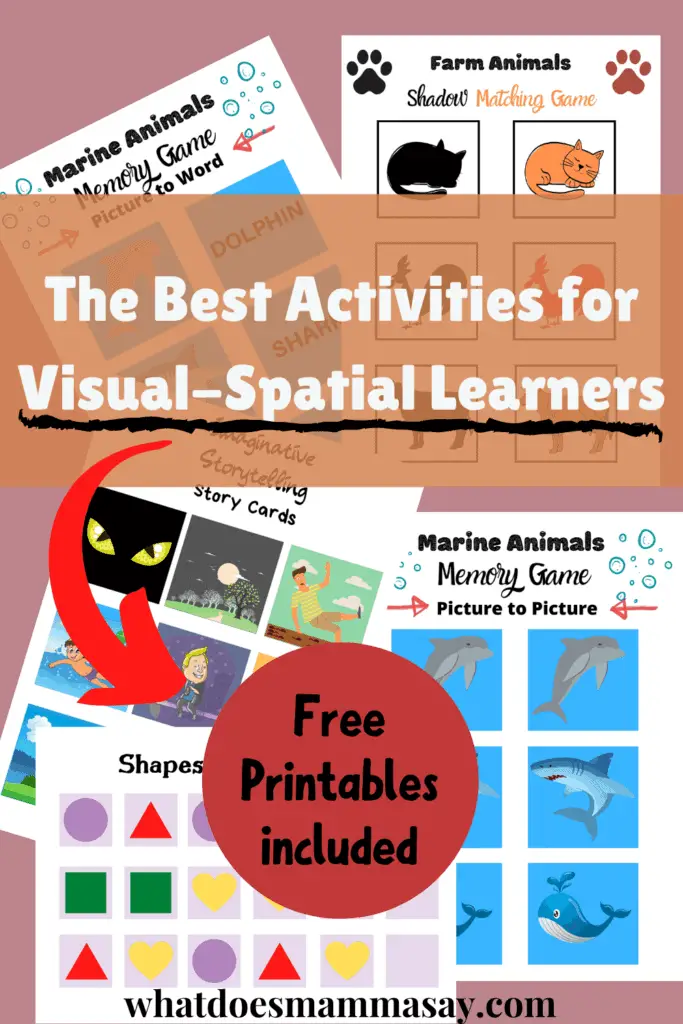
In this post, we are going to focus on the visual-spatial learner and the best activities for this type of intelligence.
As parents, we want to keep our kids engaged with fun activities that are also educational. You might’ve heard of Howard Gardner’s revolutionary Theory of Multiple Intelligences. It was so groundbreaking that, I dare say, it changed the way educators approached their lessons and teaching.
But the Multiple Intelligences Theory doesn’t only apply to school. It can also help parents at home. First, try to figure out what kind of intelligences/abilities your child has. If your child is a preschooler and can’t read or write yet, you can simply observe him/her and see what activities s/he’s mostly drawn to, keeping in mind the eight intelligences. If your child is a bit older, s/he can take this short test that will tell you, with approximation, what kind of intelligences your child has.
Before we reveal our awesome list of visual-spatial activities for kids, I just want to make one thing clear. You might’ve noticed that I talk about intelligences in the plural and not singular. That is because one person’s learning style can be defined by more than one intelligence. Thus, one can have a combination of Verbal-Kinesthetic intelligence or Musical-Mathematical intelligence, for example. There can even be three combinations.
Even though we have grouped these activities as belonging to a specific intelligence, you will notice that some will exercise more than one area of intelligence.
Let’s begin our Multiple Intelligences list of fun activities for kids with the first one:
This post may contain affiliate links and I may earn a small commission when you click on the links at no additional cost to you. As an Amazon Affiliate, I earn from qualifying purchases. You can read my full disclosure here.
Visual-Spatial Activities
(People who learn through “seeing”; they are good with images, space, distance, and measurements)
1. Imaginative Storytelling
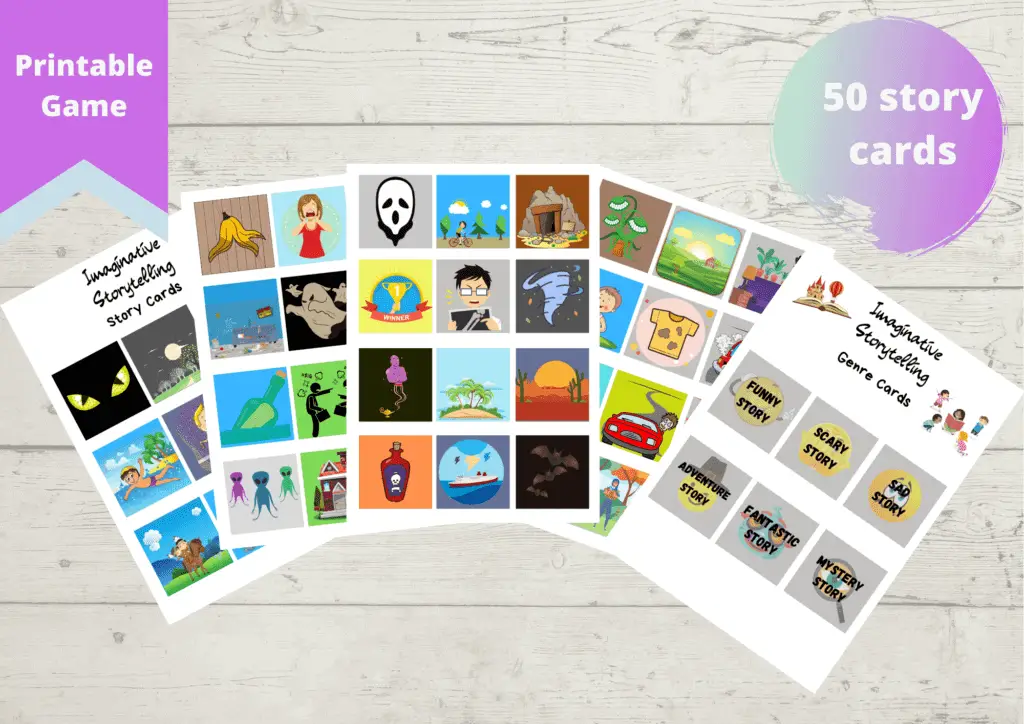
The goal of the activity is simple, fun, and it can have different variations. Simply put, each player has to make up a story based on the pictures s/he receives. The game can be played in several ways. You can start by giving each player five story cards and one genre card (funny story, scary story, sad story, adventure, story, fantastic story) and allowing them a few minutes to come up with a story. Of course, if you want, you can give out more or fewer cards. It is up to you.
Alternatively, if you want more spontaneity, you can put all story cards in a pile upside down, and each player makes a story as they pull each card.
You can also play this game as a chain story, especially if there are more players. I personally find this option to be more fun. Have the cards in a pile upside down. The first player draws a card and starts the story by saying a few sentences based on the picture. The second player takes a different card from the pile and continues the story from where the first player has left it off based on his/her picture. Then the third player does the same and so on until the last player finishes the story.
Imaginative Storytelling is an excellent game for visual-spatial Intelligence as the picture cards will offer great visual aid. However, it is also a fun activity for kids with verbal-linguistic intelligence as the players will have to make full use of their vocabulary to make up the story. It is an excellent game to develop imagination, vocabulary, and spontaneity, among others. You can get your copy of Imaginative Storytelling for Free now! The pack contains 50 story cards + 6 genre cards- you will find the download button further down the page.
2. Puzzles
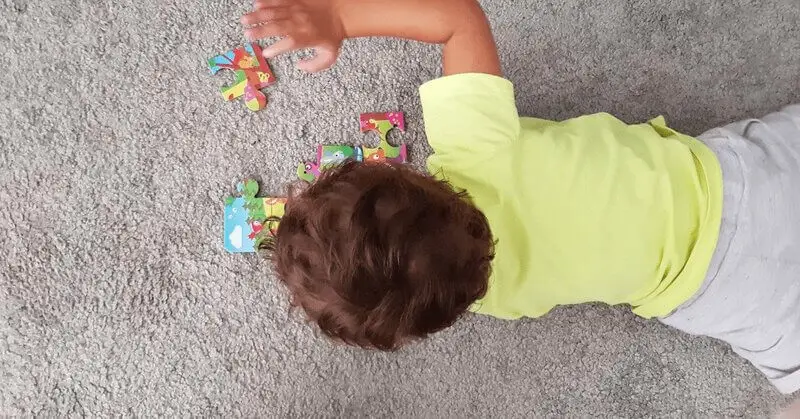
Is there anyone who doesn’t like doing puzzles? Whenever I read ideas for fun activities for kids which involve quiet games, doing puzzles is one of them. And with good reason. Besides being fun, puzzles have a plethora of benefits.
Visual-Spatial learners love doing puzzles because they use their spatial awareness and hand-eye coordination, something that they are good at. Puzzles will also exercise their fine motor skills, as well as help with their reasoning skills and decision making. It is a perfect game to give a young brain a complete workout.
I’ve only introduced jigsaw puzzles recently but I’m so happy that my little boy enjoys them. There is a broad selection of jigsaw puzzles for toddlers with 9 pieces that are sturdy and perfect for little hands. He feels so proud when he finishes one and then we spend a little time making up a story based on the picture. It’s a fantastic activity.


3. The Mirror Game
This is such a simple game that to us, adults, it might seem silly. But to young kids, especially the ones with Visual-Spatial and Bodily-Kinesthetic Intelligences, it means fun, laughter, and the chance of imitating others.
The Mirror Game goes like this: one person does something while the other players try to imitate him as closely as possible; they are the ‘mirrors’. The player who does the action will choose one of the most accurate ‘mirror’ to be the one that does the actions next. That’s it. Told you it was simple.
Download all the 7 printables for Visual-Spatial Learners (24 worksheets in total) for FREE– scroll down
4. Hot, Warm, Cold
Because kids with Visual-Spatial Intelligence have very good spatial awareness, they are very mindful of their surroundings, this game will be right up their alley. Since it also involves moving around, Hot, Warm, Cold will also appeal to Bodily-Kinesthetic learners.
One player hides a predetermined object somewhere in the room. The other player(s) will then try to find the object as quickly as possible. The player who hid the object will give verbal hints to the seeker(s) in the form of cold (if the seeker is far away from the object), warm (if the player is somewhat close to the object) or hot (if the player is extremely close to the object).
Of course, the game is a lot more entertaining if there are more players searching for the hidden object because there is an element of competition. But if there is only one player searching for the object, you can set a time limit for the seeker to find the object.
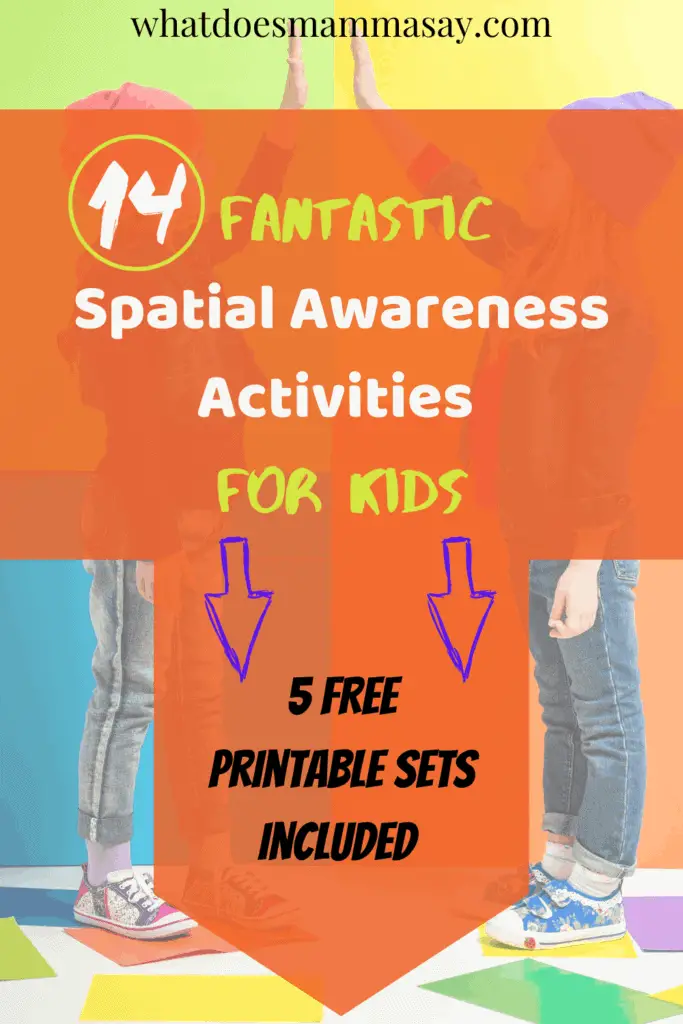
5. Lead me to the treasure!
This is a variation of the Hot, Warm, Cold game that focuses more on spatial words. This is one of the fun activities for kids that I used to play in the classroom when I taught prepositions of place. Again, Visual-Spacial learners, as well as Bodily-Kinesthetic and Verbal-linguistic ones, will benefit from this game.
It would be great if there were at least five players, but it can be very well played in as little as two players.
Let’s imagine that there are five players. There are two teams formed of two players each and one player who will hide the object (s/he is the keeper of the treasure). One player from each team will cover their eyes (the seekers), while the keeper hides the treasure. The other two players will be allowed to see where the object has been hidden (they are the leaders). Once the treasure is in its place, the two seekers will follow the verbal instructions of the leaders that will take them to the treasure. The seekers are not allowed to do anything outside the leaders’ instructions.
Some examples of instructions are: ‘Move forward ten small steps. ‘Go to the left. ‘Walk behind the chair and turn to the right’. ‘Look up/down’ etc.
If the players involved are a little older, you can blindfold the seekers. Make sure you remove any dangerous obstacles. The seekers will have to fully make use of their auditive skills as well as form an image in their heads of the path that they much take based on the instructions from the leaders.
If there are only two players, then the keeper of the treasure will play the role of the leader as well.
6. Draw me!
Even though Visual-Spacial Intelligence doesn’t equate to artistic mastery, people with this type of intelligence have the ability to notice fine details and visualize objects from different angles. This game will give them the chance to practice these skills.
Choose a familiar object from around the house. It could be a flower in a pot, a toy, a decorative item and so on. Each player will have one minute (you can decide together on the amount of time) to analyze the object from all angles and remember as many details about it as possible. When the time is up, put the object out of sight and let the competition begin. Each player will have to draw the object from memory. When everybody is ready, the drawing that is closest to reality is the winner.
7. Memory Game
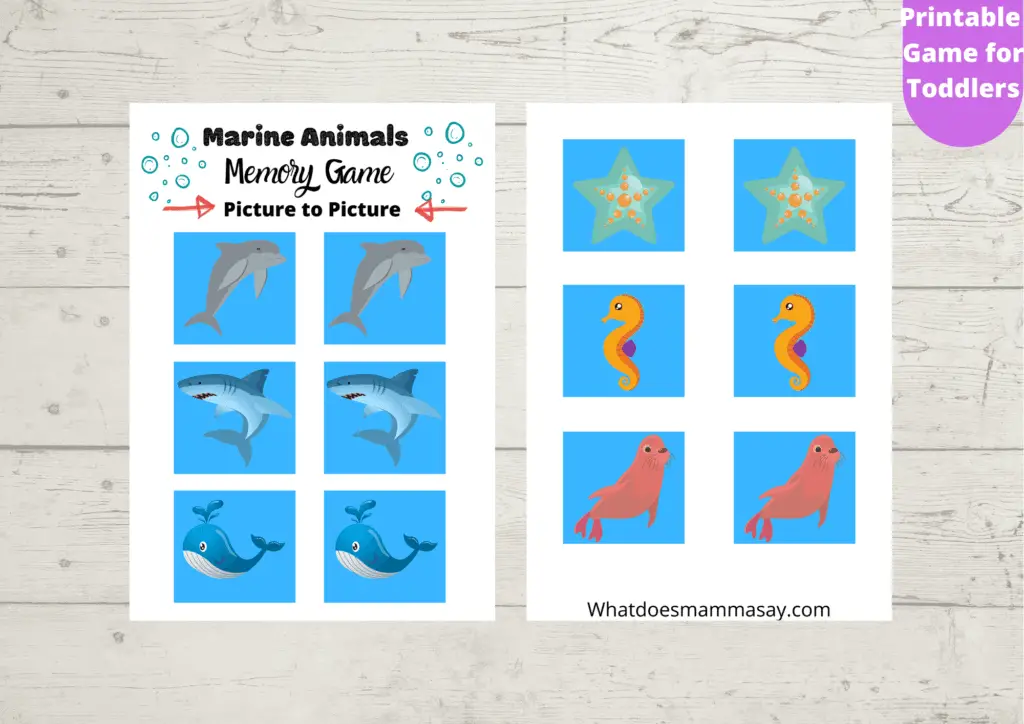
Memory Games are one of my preferred fun activities for kids and the perfect game for a Visual-Spatial learner for a few reasons. They train visual memory, improve concentration, increase short-term memory, improve one’s attention to detail, and the list goes on.
Depending on the child’s age, you can put as few as four or six cards for young kids (2-3 years). Increase the number of cards and the difficulty if the child is older.
The most common memory games contain six cards, that is three pairs. Place all the cards face up at the beginning and allow the child to see them for a few seconds. Shuffle them and turn them upside down. The child will start by choosing and turning two cards at a time. If the cards match, they remain face up. If they don’t match, the player turns them upside down, and the game continues until all the pairs have been matched.
To add to the fun, you can set a time in which all the pairs must be found.
8. Make a map
Visual-Spatial learners have the ability to create clear pictures in their minds and generally have good orientation and spatial awareness skills.
To put these abilities to work, why not create your very own map? You can work together with your child to draw a map of the neighbourhood that is as accurate as possible. If you are, let’s say, new to the area and not very familiar with it yet, you can make a map of your house. Or, why not, you can create a map of an imaginary neighbourhood. There are so many options; just let your imagination fly.
You can turn this into an exciting game by making a map of a treasure. Step one is to hide the prized object somewhere. If you are lucky enough to have a garden or a safe outside area, it’s even better. Step two, draw a map that will lead your young adventurer to the treasure. After the treasure has been found, the roles can be reversed.
9. Matching Games
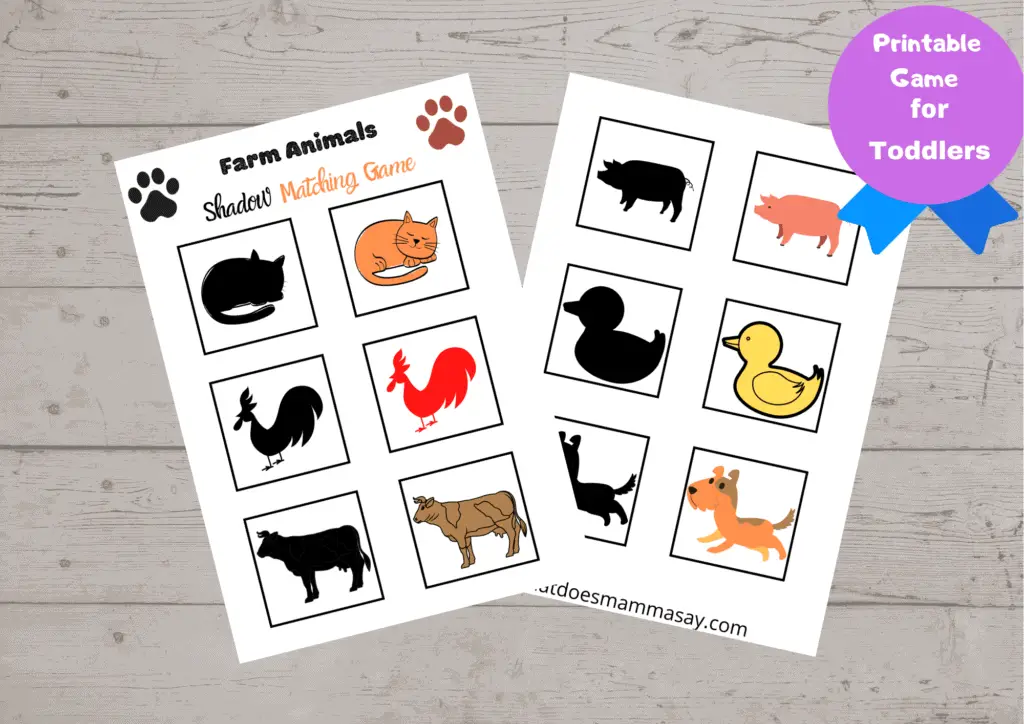
Matching games are fantastic, especially for very young children, as they develop essential cognitive skills. One of the main benefits of playing matching games is that children get to practise visual discrimination. In addition to this, matching games improve memory and concentration.
There are quite a few matching games that you can play: picture to picture matching, word to picture, match the picture to its shadow, letter matching games, number matching games and the list can go on.
10. Pattern Games
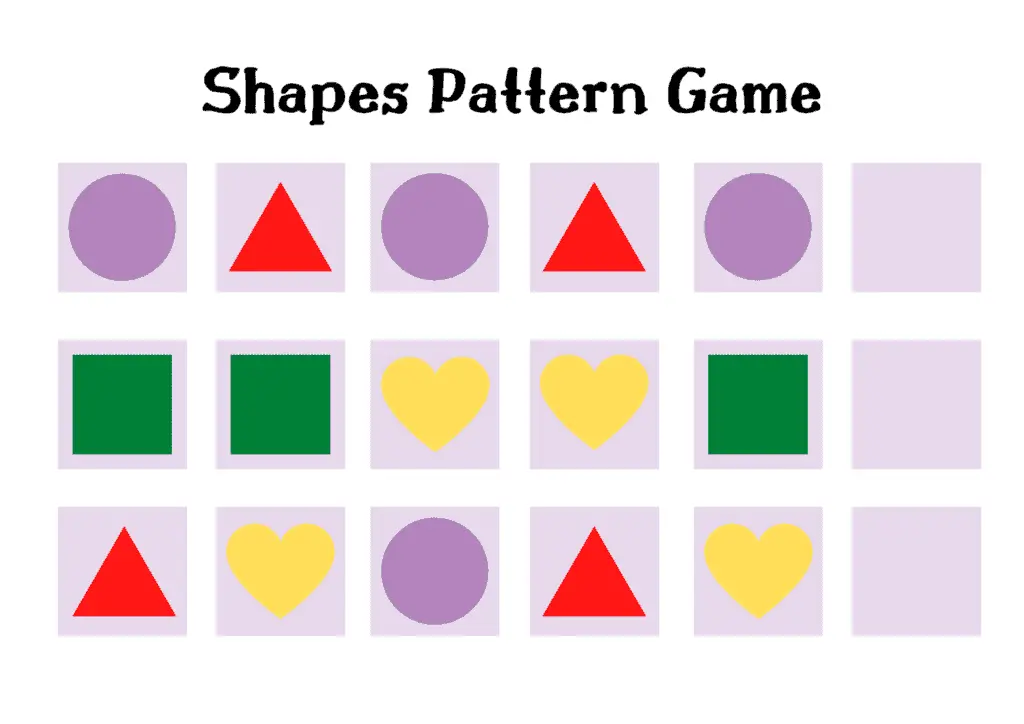
Pattern games help children notice recurring patterns, provide a sense of order, allow players to make educated guesses and assumptions, and they develop important skills like critical thinking.
Thus, playing pattern games will benefit multiple intelligences: visual-spatial, logical-mathematical, and verbal-linguistic.
The game is simple, and chances are you and your kid have already played it. It goes like this: you have two or three images following a pattern. The images can be shapes, numbers, letters, animals, clothes, any vocabulary that you want your child to practice. At the end of the pattern, you will have one or two blank spaces where your child will have to complete the sequence.
For example, let’s imagine that we are playing with shapes- circle and square. We have the following sequence: circle, circle, square- circle, circle, square- circle, circle, blank space. The child will have to make the logical assumption that a square is missing from the pattern.
You will also like:
How can the Multiple Intelligences Theory help your child
What is Intrapersonal Intelligence?
11. Play-Doh fun
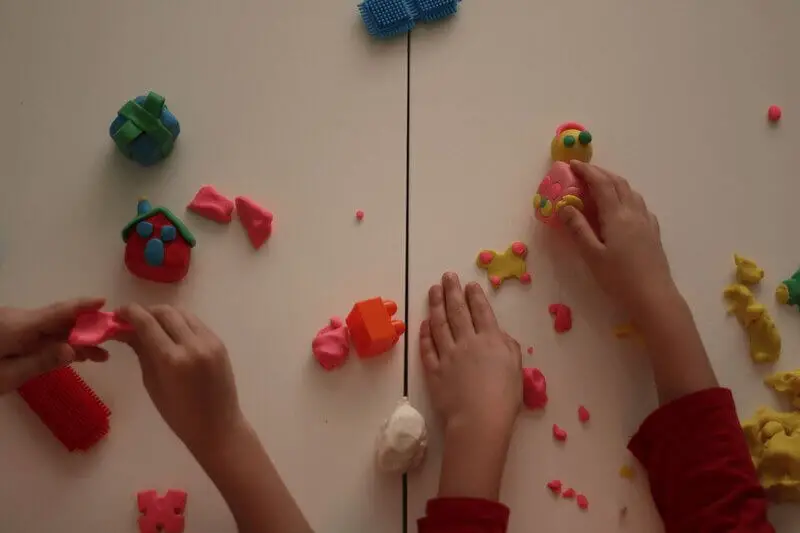
I used to love playing with Play-Doh when I was young. Meanwhile, I grew up, and guess what! I still love it! Except now I can play with my son, who, no surprise here, loves Play-doh as well.
There are so many colors, smells, and accessories to choose from; it’s fantastic. Besides having fun squishing and squashing, Play-Doh is a great way for your child to exercise his/her fine motor skills and hand-eye coordination, develop imagination and creativity and it has a calming effect (at least for me).
Play-Doh uses multiple intelligences at once. It is a perfect visual-spatial activity as children first create an image in their mind of what they would like to model. It is excellent for a bodily-kinesthetic learner because it is a hands-on activity. And last, but not least it uses verbal-linguistic intelligence, especially when there are more people playing together. It is one of the fun activities for kids that will never get old.
So, what are you waiting for? Grab that Play-Doh and start squish-squashing.

12. Lego Matching and Categorising Games
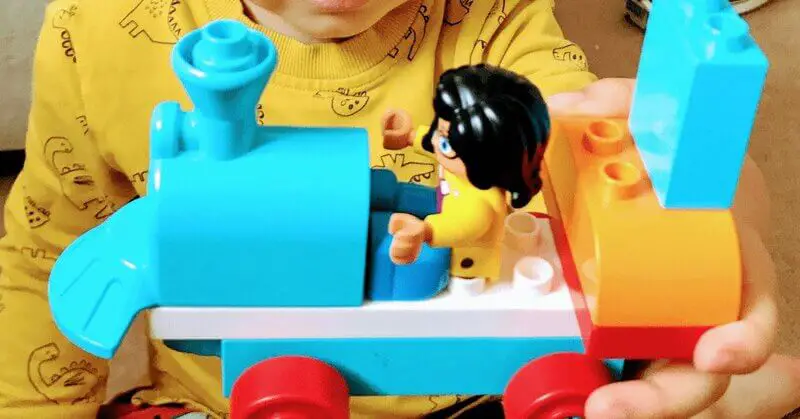
Thanks to the genius of Ole Kirk Christiansen we can enjoy Lego today. We all know the immense benefits of playing with Lego. We’ve seen what can be done with it- miniature cities build entirely out of Lego bricks, life-size houses, cars even people out of Lego. There are numerous awesome LegoLand Parks where adventure awaits.
But besides exercising creativity by building various structures, Lego bricks can also be used for matching and categorizing activities. For example, you can ask your child to gather in a pile all the Lego blocks that have the same color. Or the Lego blocks that have the same size. You can practice additions, subtractions, multiplications, fractions and so on. You can check more Lego-related activities here.

13. Find the country
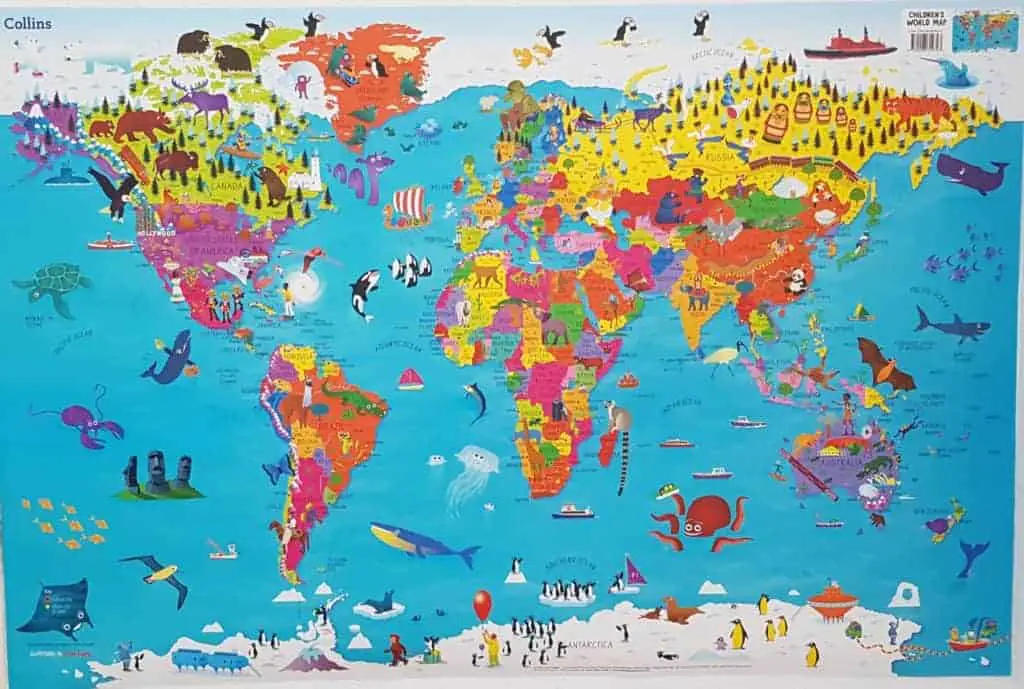
All you need for this game is a world map and two keen eyes. If there are more players, even better. You’ve got a friendly competition on your hands.
As the name of the game suggests, the player(s) have to find a specific country on the map as quickly as possible. You can use this country name generator to make things more fun. Generate the country name, ready, steady, go! Whoever finds that country first is the winner, The game continues with another country.
Of course, instead of countries, you can play with cities as well. Instead of a world map, you can use the map of your own country. It is up to you.
It is an excellent game for visual-spatial learners as they get to use their eyes and orientation skill. Not to mention that they learn Geography while having a blast.
We chose this beautiful Children’s map from Collins and we love it. It’s so colourful and packed with information presented in a playful way. It’s lovely, don’t you think?

14. Do origami
Origami is the art of folding paper. Some people have reached such incredible skill that it is almost unbelievable what they can create through folding a single piece of paper.
But we are going to stick to simple origami which improves concentration, spatial awareness, imagination and brain development. Not to mention that there is a sense of achievement after managing to create a beautiful paper ‘sculpture’.
If you are looking for simple origami ideas, you can find some here.
These fun activities are aimed at the Visual-Spatial learner but, as you have noticed, will touch other intelligences as well.
Do you know what combination of intelligences your child has?
Check out our other posts on Multiple Intelligences:
Activities for Auditory Learners
Interpersonal Intelligence Activities for Kids
11 Existential Intelligence Activities for Children
Activities for Bodily-Kinesthetic Learners
Insanely Fun Activities for the Verbal Linguistic Learner
The Best Activities for Logical Mathematical Intelligence
Activities for Kids with Intrapersonal Intelligence
Don’t forget to download the 7 printable games seen in this post.
Latest Posts:
- Use Everyday Objects to Teach Kids Science
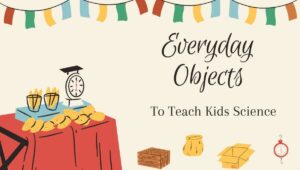 By embracing science as part of play-based learning, parents can create an environment where their child’s natural curiosity can flourish. Activities like exploring nature, conducting experiments with household items, or incorporating these elements into playtime can ignite a love for science, technology, engineering, and maths.
By embracing science as part of play-based learning, parents can create an environment where their child’s natural curiosity can flourish. Activities like exploring nature, conducting experiments with household items, or incorporating these elements into playtime can ignite a love for science, technology, engineering, and maths. - How to Teach Your Child Anger Management
 “Kids who are oppositional or acting out in angry and aggressive ways often can’t explain how they’re feeling. They are overwhelmed, yet the only emotion they …
“Kids who are oppositional or acting out in angry and aggressive ways often can’t explain how they’re feeling. They are overwhelmed, yet the only emotion they … - 7 Free STEM Activities for Kids
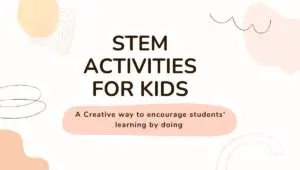 In this article you will read about 7 free STEM activities that are easy to set up at home. You don’t need to be a scientist …
In this article you will read about 7 free STEM activities that are easy to set up at home. You don’t need to be a scientist … - Growth mindset examples for students
 Why Mindsets Matter As parents or educators, we are always on the lookout for the best parenting strategies or teaching methodologies that can help kids discover …
Why Mindsets Matter As parents or educators, we are always on the lookout for the best parenting strategies or teaching methodologies that can help kids discover … - Montessori at Home- Independent and Reliable Kids
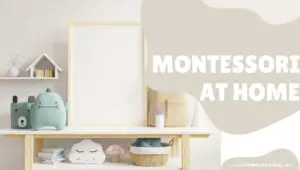 In this post, you can find out what exactly the Montessori approach is and how to start integrating Montessori at home to raise your children. Dr. …
In this post, you can find out what exactly the Montessori approach is and how to start integrating Montessori at home to raise your children. Dr. …Montessori at Home- Independent and Reliable Kids Read More »
- Learn and play – what the experts say
 Psychology has had a major influence on how play is perceived today, most notably in educational settings. The field of psychology influenced the field of child …
Psychology has had a major influence on how play is perceived today, most notably in educational settings. The field of psychology influenced the field of child …

Mom of two wonderful children, dedicated teacher and book lover.
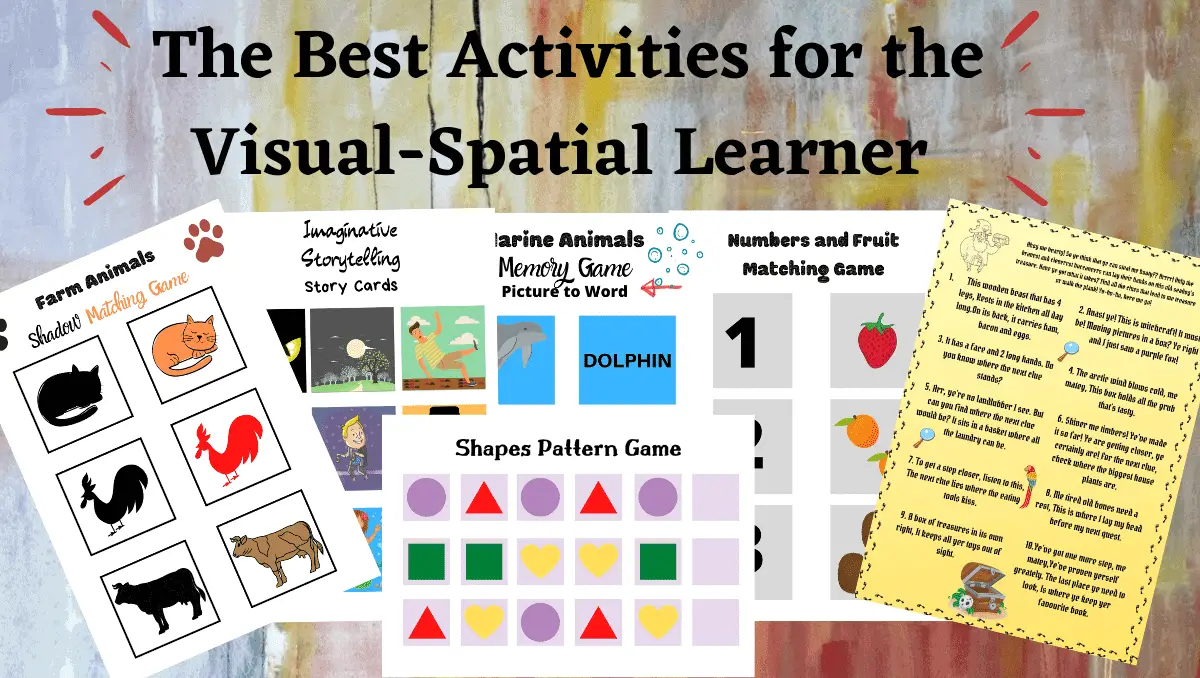
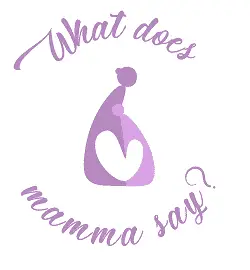

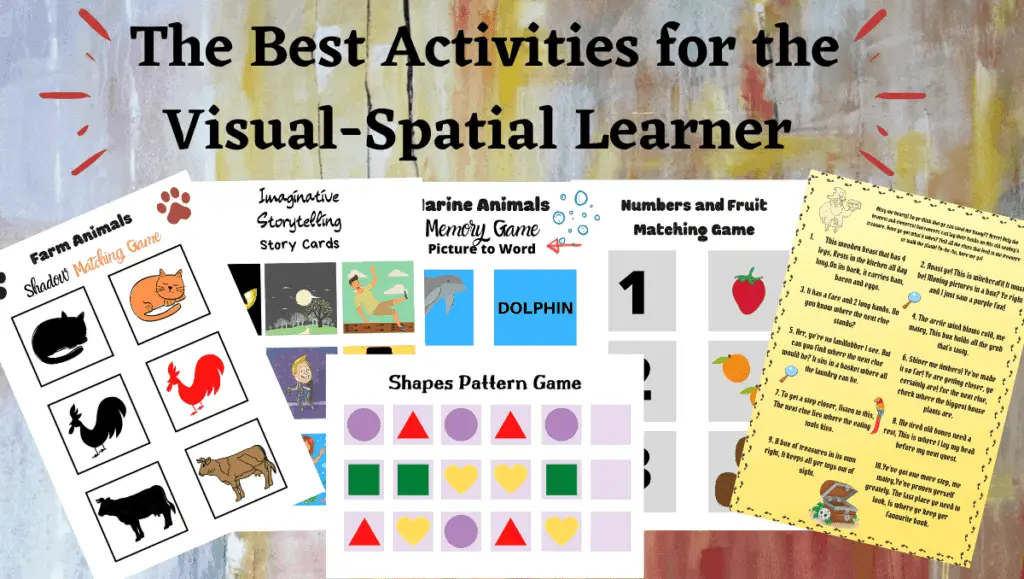
What great activities ! Thanks for sharing! Can’t wait to try them with my son!
Love these ideas dear, they definitely come in handy. Thank you for sharing.
I am truly touched by this article, thank you for sharing, I love kids so much, and this an awesome way of creating additional fun activities with them, very engaging and educational as well.
These are amazing suggestions! Thanks for sharing!
What a great resource! So many fun activities kids won’t even realize they are learning.
Amazing tips! Great post!
This is a great resource! I’m definitely going to determine my son’s intelligences and refer back to this for learning activities.
This is so interesting! It’s fascinating how differently people learn.
As a homeschool mom of 8 years, I know that understanding your kids’ learning style is so important! These visual-spatial preschool tasks are awesome!
Great ideas for when my husband and I have kids!
I’ll share these with my brother for my nephews and niece!
I have a couple of visual learners and these are wonderful ideas and tips to implement in their learning.